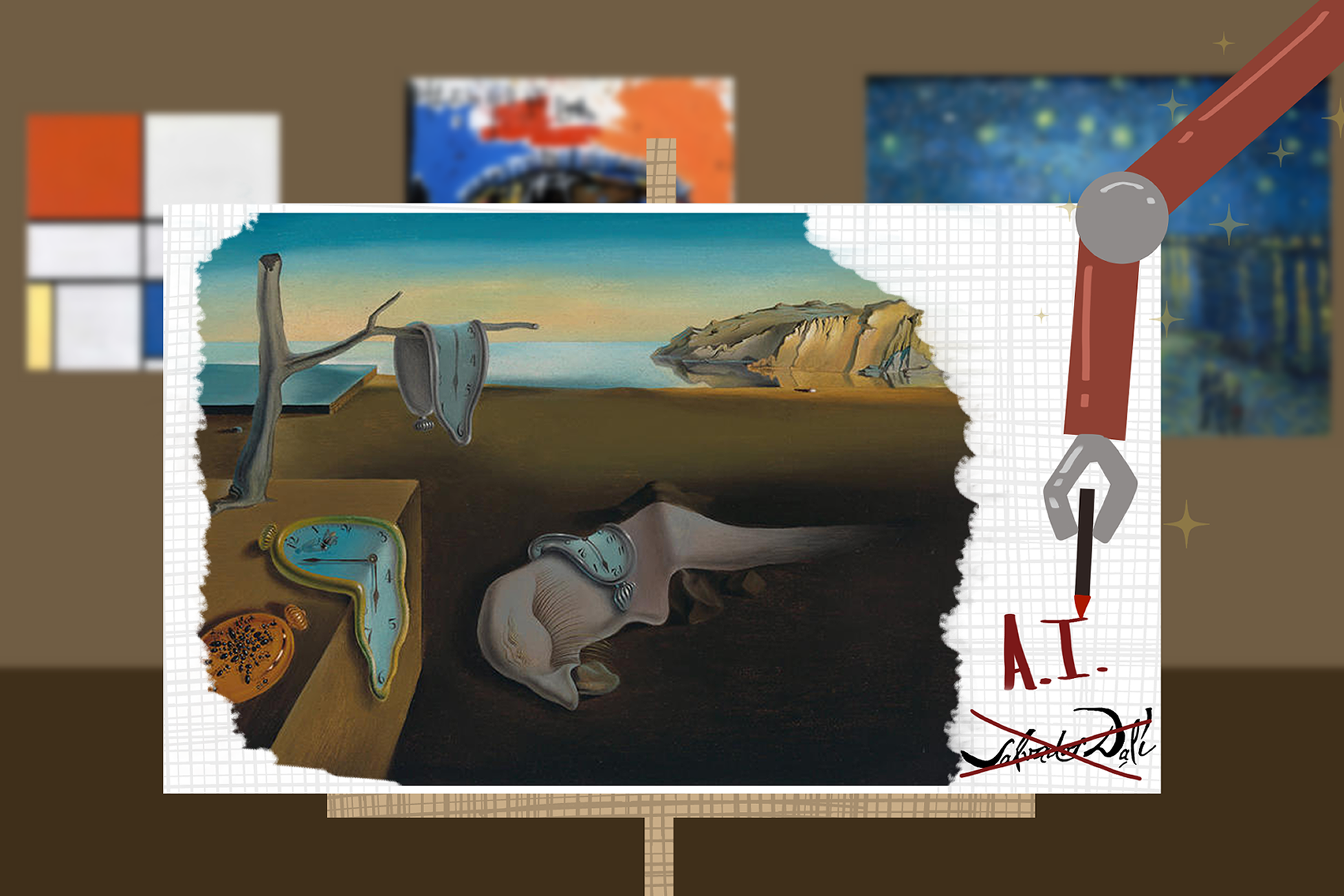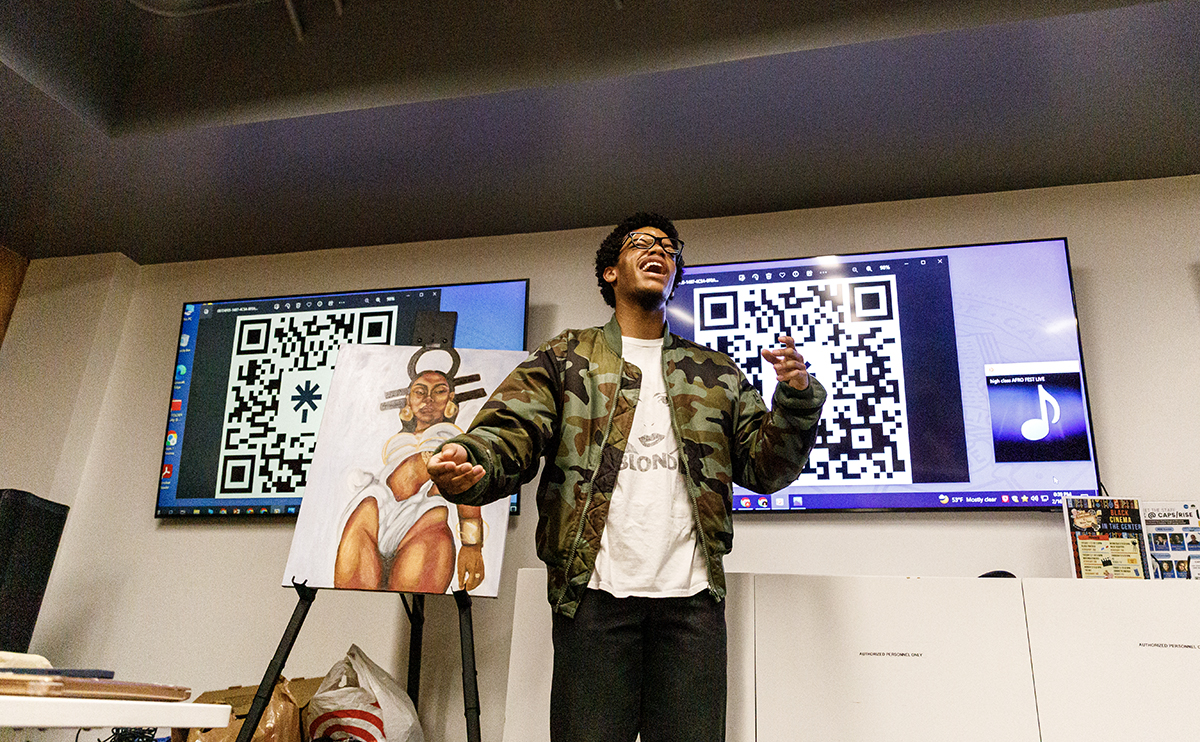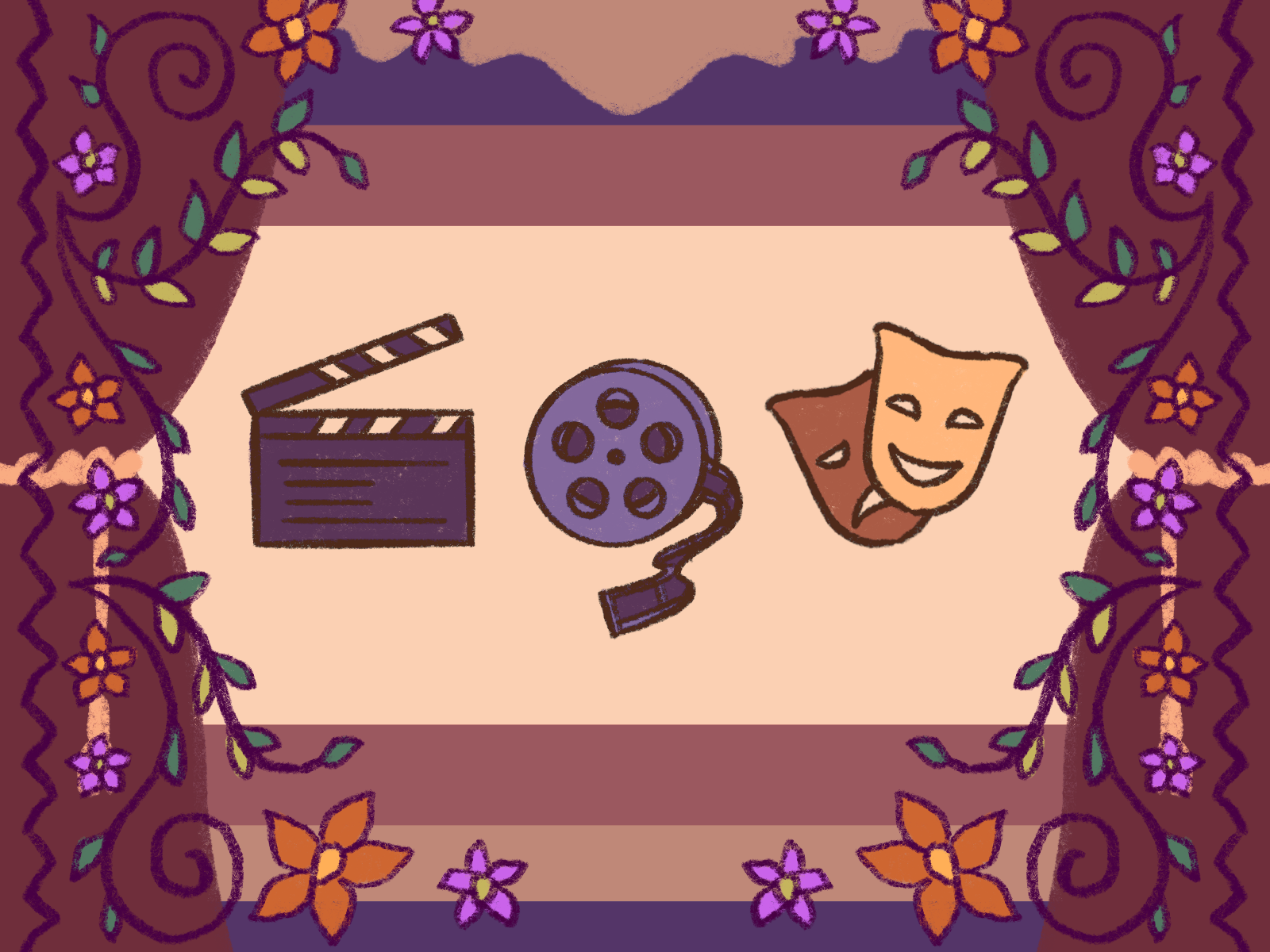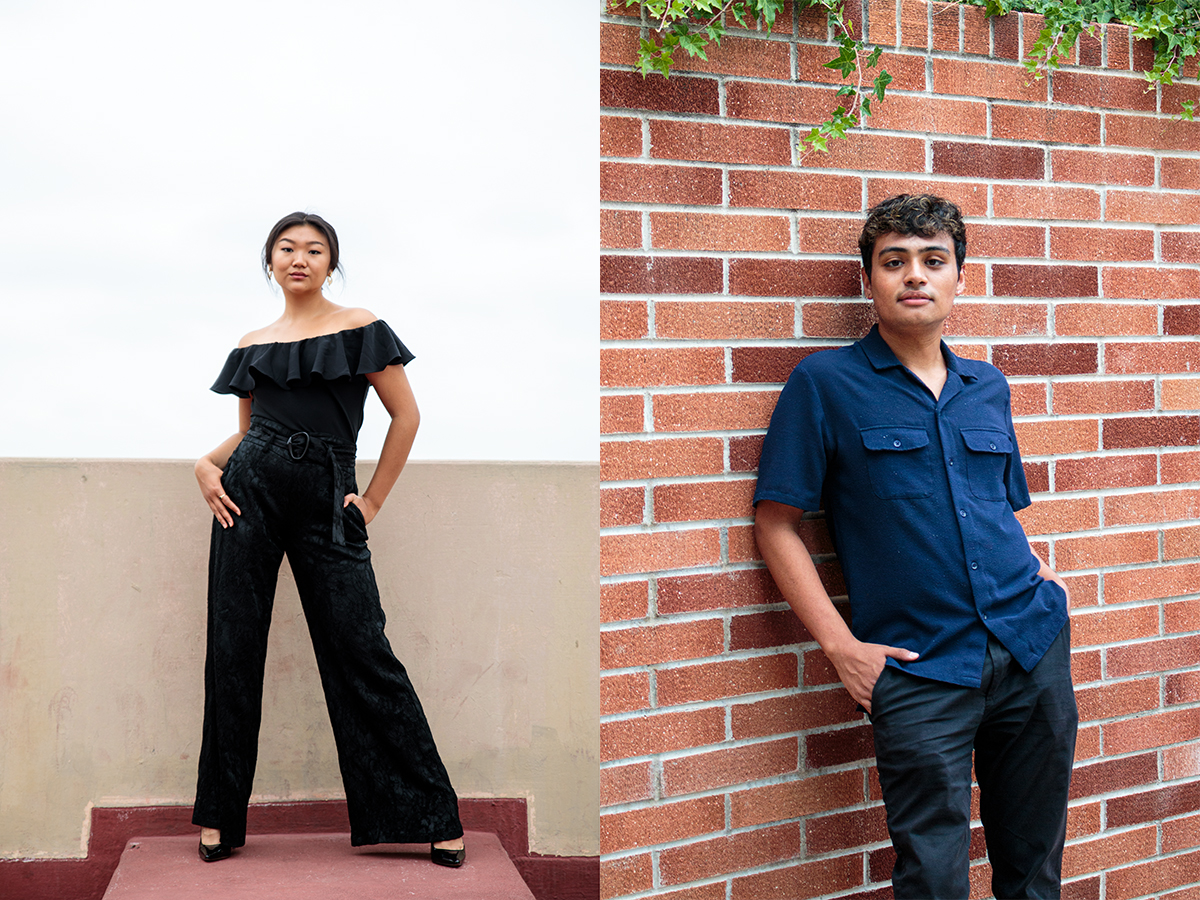The Future: Art needs protection from AI’s undermining of human creativity

(Alicia Caldera/Daily Bruin)
By Ava Lifton
April 20, 2023 9:08 p.m.
The ubiquity of artificial intelligence threatens the integrity of art in creative spaces.
AI artwork has generated controversy recently, mainly because it appropriates the work of human artists to generate its own creations. Through its very existence, it undermines the inherent human aspect of creativity and as such, can deter burgeoning artists from pursuing an artistic career in fear of being outcompeted by technology.
Trained using hundreds of millions of online art pieces to generate similar work, AI plagiarism can be difficult to combat – but it is necessary to obtain an artist’s consent to use their work as a model for AI-generated material.
Operating under the current framework, copyright law specifies that the original work must be independently created by a human author. Courts have yet to set legal precedent on AI-generated artistic material, which is indicative of how our archaic laws have largely failed to adapt to our technological era.
Most prgrammers defend their AI-generated work under the fair use doctrine, which delineates certain conditions under which someone could use copyrighted material without the owner’s permission.
However, if an AI model is trained using a single artist’s work and then told to produce a piece of that artist’s work, this could constitute copyright infringement because it is directly competing with the artist.
It is crucial that the government institutes legal protections for artists because the continued practice of AI-generated artwork is unfair to hardworking artists who are not being accredited for their original work.
In January of last year, three artists filed a class-action lawsuit against Stability AI, Midjorney and DeviantArt for their use of Stable Diffusion – a free AI platform that allows individuals to produce high-quality and realistic images based on a text prompt. An individual can type in an artist’s name, and the platform will subsequently produce a professionally styled photo using the artist’s style and technique, but the artist is neither asked permission nor compensated for these imitation works.
This type of technology is ultimately an exploitation of labor because it detracts from an artist’s original work and will likely cause sweeping job losses in the artistic sector.
Lili Flores Aguilar, a doctoral student in the Department of World Arts and Cultures/Dance, said AI can be detrimental because it adversely affects artists who rely on their original artwork to earn a wage.
Not only should AI companies attain the original artist’s consent to use their work, but they should also properly attribute the sources of the final AI product. Otherwise, a consumer will likely fail to recognize the AI work as a reproduction of the original art.
Kimia Nuban, a first-year world arts and cultures student, said AI sets the art community backward.
“It takes away from all the talent and skill that artists have spent years trying to craft and hone,” Nuban said. “Now they don’t have it anymore because AI is able to do it in five minutes.”
The CEOs of these AI companies steadfastly defend the ethics of their models. For example, David Holz, CEO of Midjourney, argued that it is not viable to train their AI models on hundreds of millions of online images and know where they individually came from. Although acquiring an artist’s consent can be difficult at times, it’s no justification for artistic appropriation.
Holz’s stance further assumes the need to train AI to generate artwork when there exists no substantive evidence that society needs AI technology in the creative sector.
“(AI has) a positive effect on the art community,” said Shreyas Kamath, a second-year mathematics of computation student. “A whole new branch of art has been created, called AI art – and I think the whole point of art is to express creativity in different ways, in different mediums. And this is just yet another way of expressing creativity.”
Kamath added that AI art is not a form of plagiarism because it is a model trained on millions of online images and simply amalgamates parts from various pieces of work to create its own final product.
But it is still essential to acknowledge that AI uses some, if not all, of an artist’s original work to reproduce something similar. Though some may interpret this as a creative method, it is just a more veiled form of plagiarism that diminishes the value of the original art. The continued advancements in AI only highlight the importance of setting a legal precedent that adequately protects artists.
“There’s still something that we have over AI, which is the fact that we feel,” Nuban said.
Because artists have the unique ability to infuse emotions into their art, and by extension, elicit powerful emotions from consumers, human art is significantly more powerful than AI art – and it must be protected as such.





